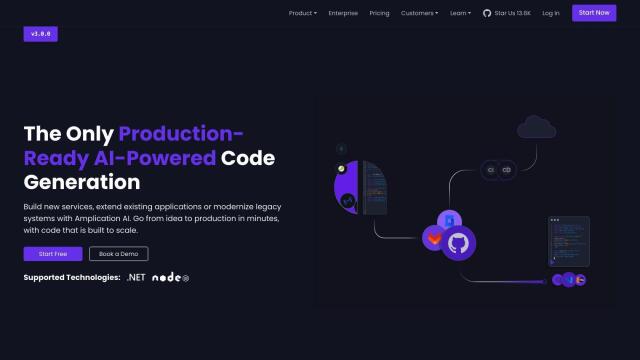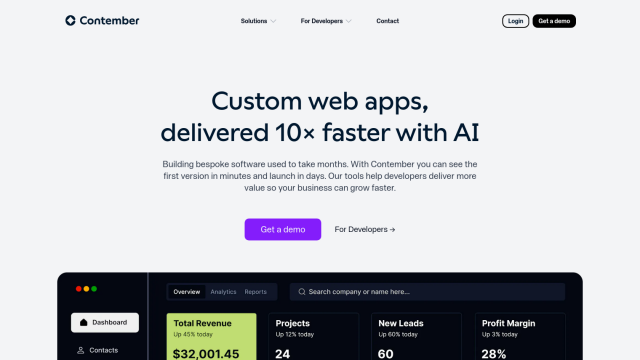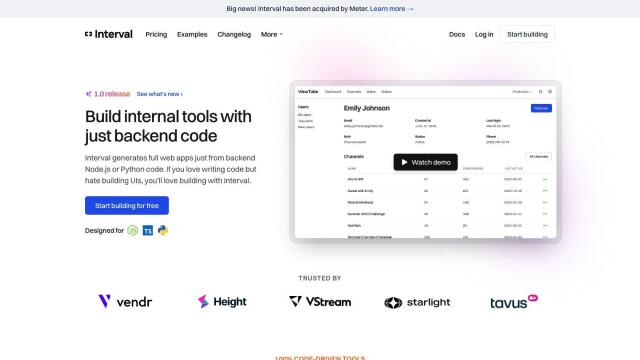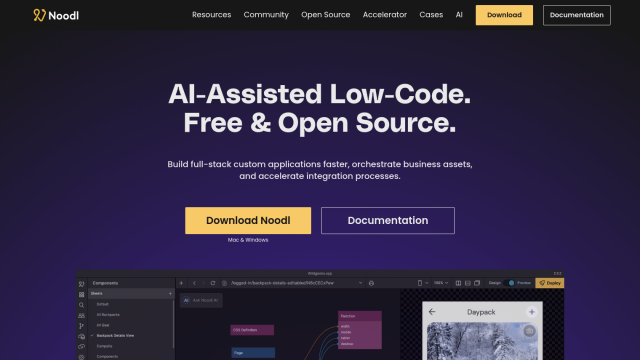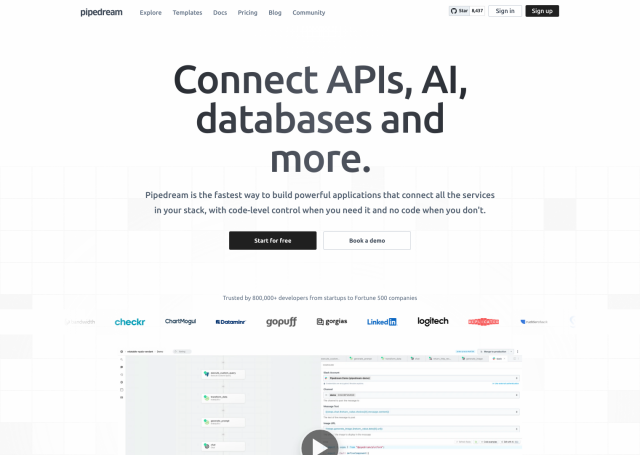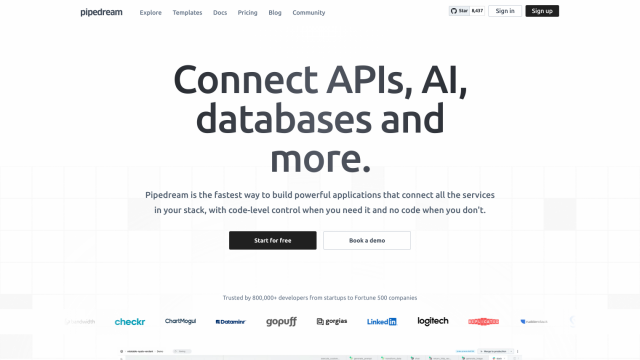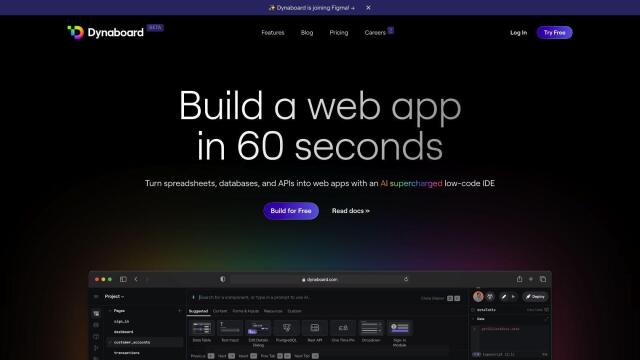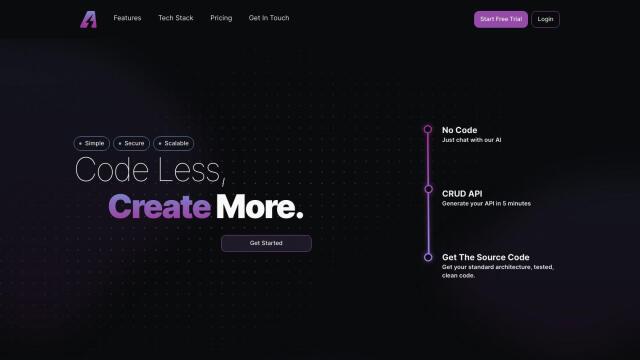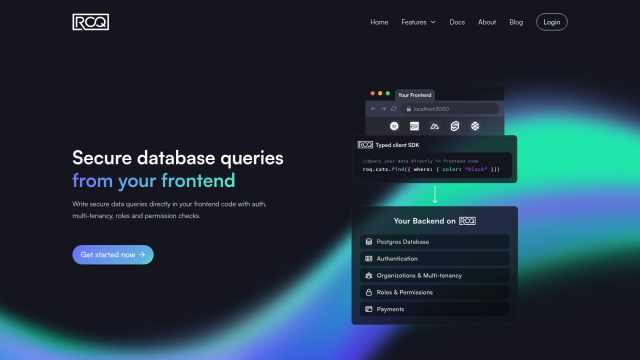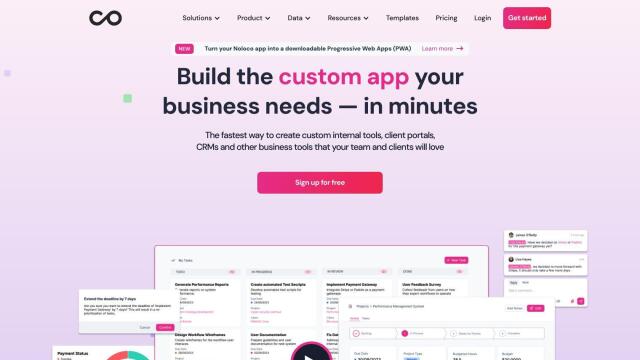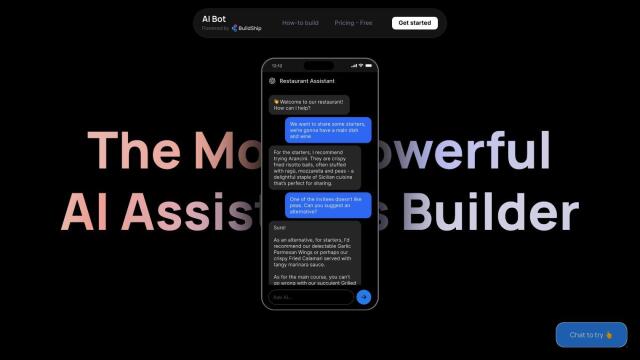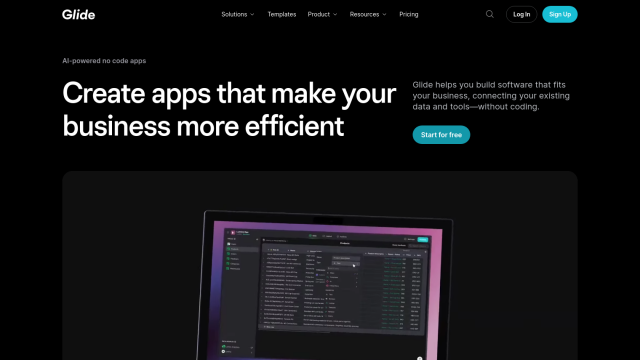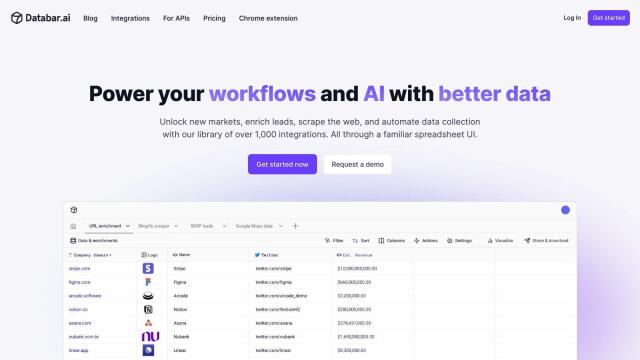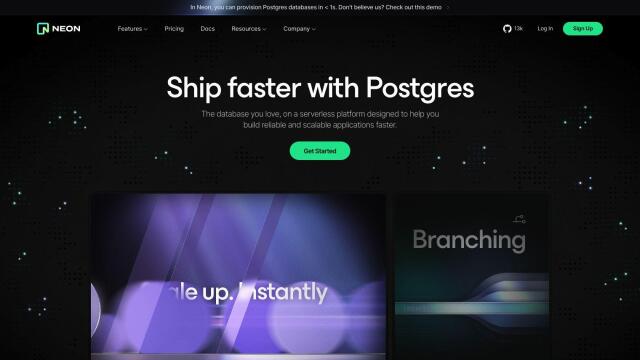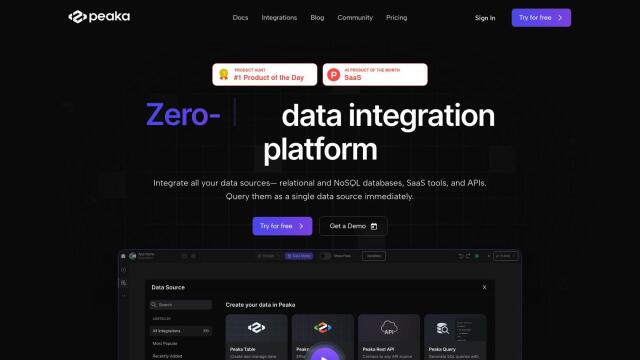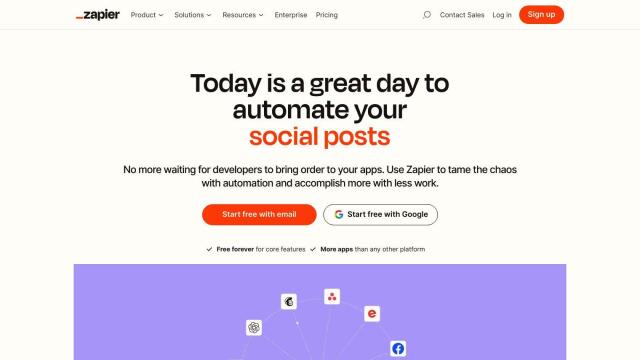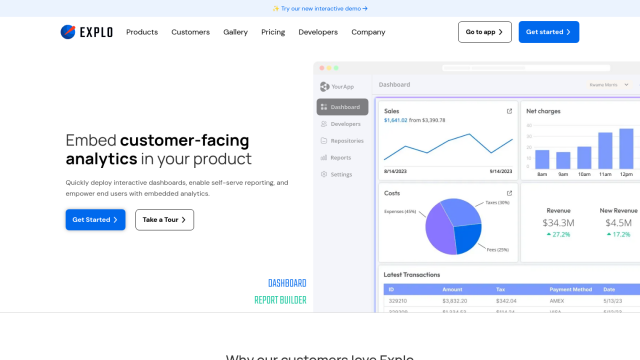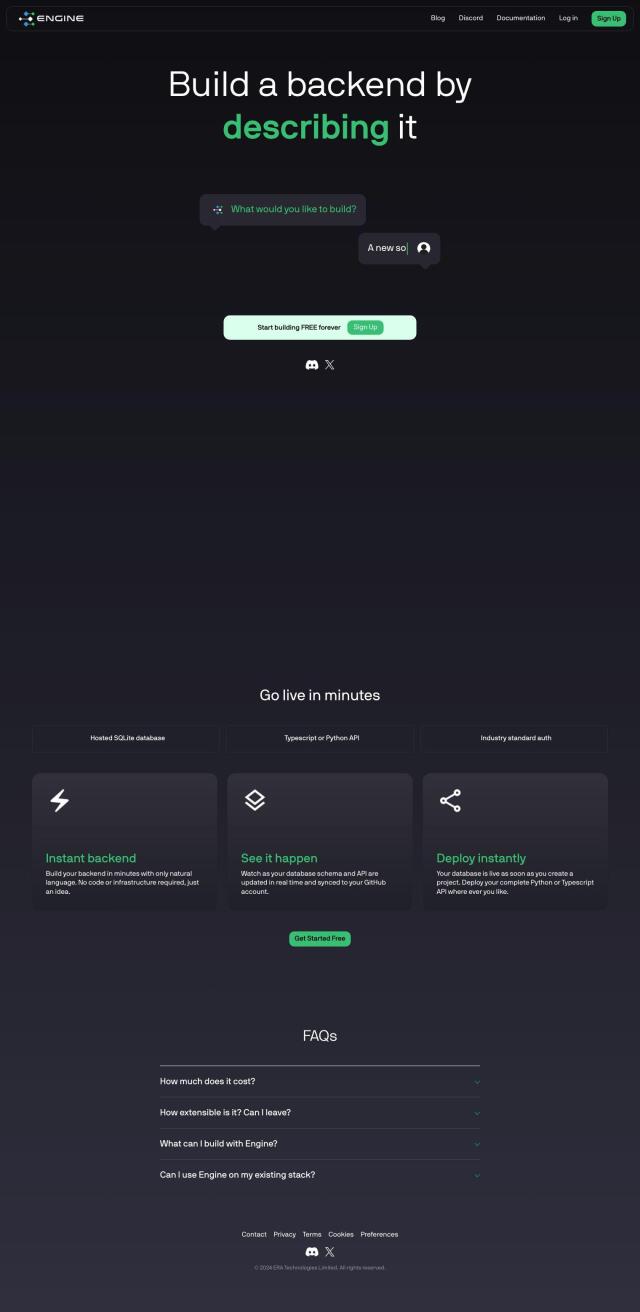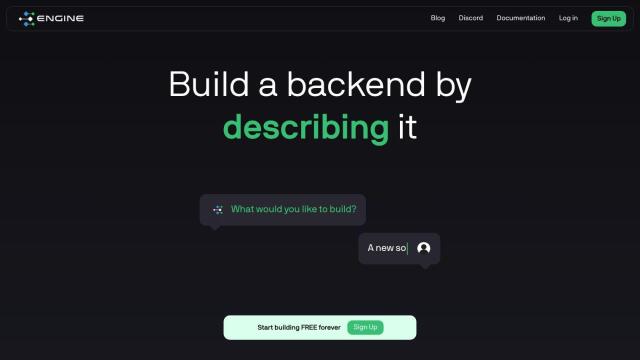Question: Is there a platform that offers a comprehensive set of features for building backend operations software, including admin panels, approval dashboards, and data editors?

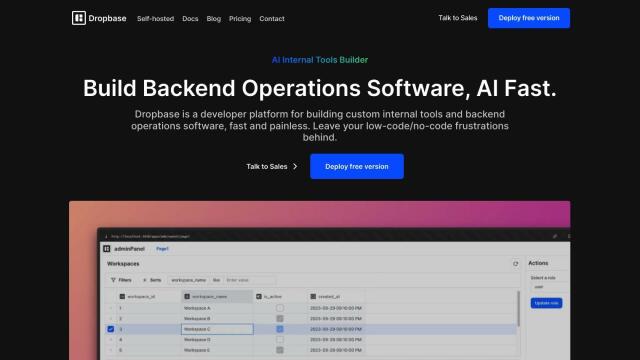
Dropbase
If you're looking for a full-fledged platform for building backend operations software, Dropbase is a great option. It lets you build custom backend software as fast as possible without going down the low-code or no-code route. Dropbase comes with a variety of features like admin panels, approval dashboards, data editors, cloud consoles, and a notification system. It also integrates with tools you already use and offers full code flexibility with Python, so it's a good option for developers.

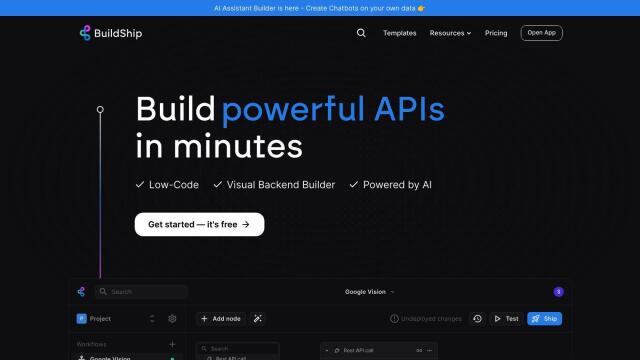
BuildShip
Another good option is BuildShip, a low-code visual backend builder that uses AI to quickly create workflows, APIs and cloud functions. It comes with prebuilt nodes and AI-generated nodes to make it easier to connect to different services. BuildShip comes with a built-in Firestore database option, unlimited cloud storage, secret manager and support for more than 1 million NPM packages. It's a good option for developers and businesses that want to build scalable backend operations with a minimum of code.

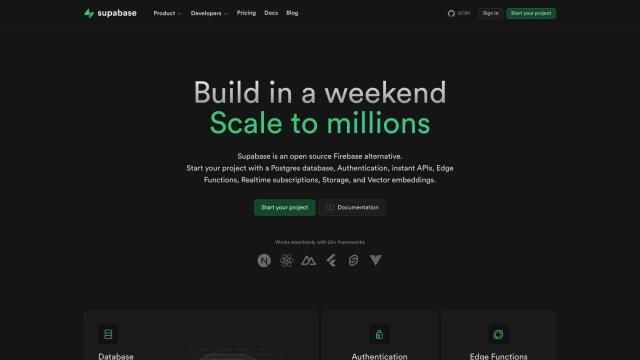
Supabase
If you prefer an open-source option, Supabase is a good option. It includes a Postgres database, user authentication, instant APIs, real-time subscriptions and storage. Supabase supports frameworks like Next.js, Svelte and Flutter, and comes with a data management dashboard, table editor and in-built SQL editor. It has a free tier and several paid options, so it should be useful for a variety of needs and budgets.

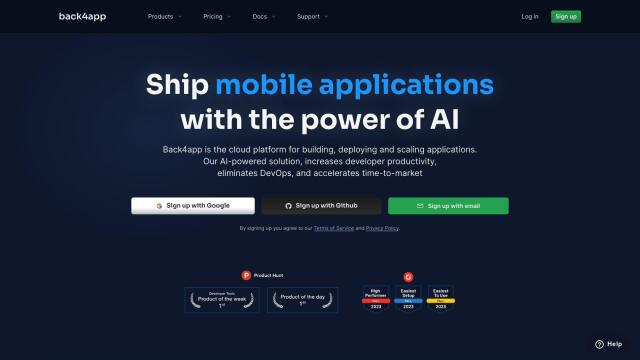
Back4app
Last, Back4app is a cloud platform designed to help developers build, deploy and scale applications with the help of AI. It includes a powerful backend for storing and querying relational data, cloud functions, APIs and real-time databases. With a simple dashboard and predictable pricing models, Back4app prioritizes security and compliance with major regulations. It includes a free tier and dedicated customer support, so it's a good option for any backend operations project.

